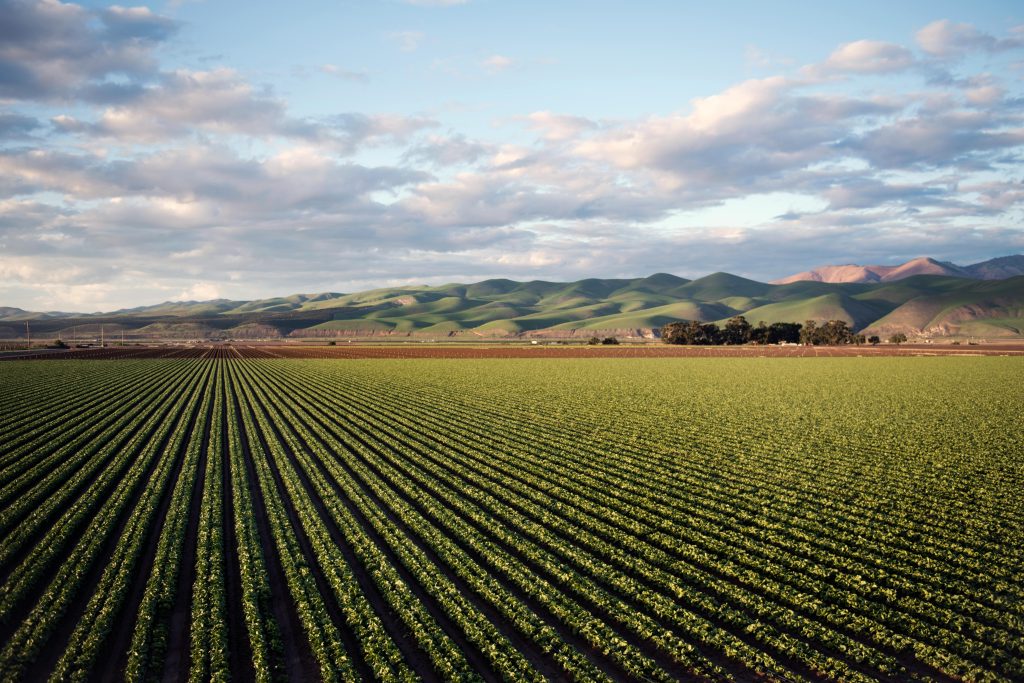
Farm growth is crucial to the sustainability of agricultural sectors, especially in the face of modern challenges like climate change, fluctuating markets, and the growing demand for food security. Yet, for many farmers, growth isn’t just a matter of good seasons or high yields—it also depends on their ability to access financing and manage debts. A recent study by Stefan Bojnec and Imre Fertő takes a closer look at how financial constraints impact farm size growth in Hungary and Slovenia, shedding light on the challenges that small and large farms face in expanding their operations.
Why Farm Size Matters
Farm size is more than just a number—it’s closely linked to productivity, efficiency, and the economic viability of agricultural businesses. Larger farms often benefit from economies of scale, which means they can produce more at lower costs. However, the process of growing from a small to a large farm can be fraught with financial challenges, particularly when farmers struggle to secure loans or external financing.
The study by Bojnec and Fertő explores these dynamics by analyzing farm growth in Hungary and Slovenia, two neighboring countries in Central Europe with distinctly different agricultural structures. Hungary is characterized by a dual farm structure, with a mix of large commercial enterprises and numerous small family farms. Slovenia, by contrast, relies heavily on small-scale family farming. The study’s findings offer key insights into how financial constraints and subsidies shape the growth of farms in these countries.
Financial Constraints: A Barrier to Growth?
One of the key questions the study addresses is whether liquidity constraints (i.e., the inability to access financing) hinder farm growth. Using data from the Farm Accountancy Data Network (FADN), the researchers examined how factors like cash flow, farm debt, and subsidies influence the ability of farms to grow.
Interestingly, the results suggest that liquidity constraints are less important for farm size growth than previously thought, particularly in Hungary. While small farms typically rely on their own resources to finance growth, the study found that cash flow constraints didn’t significantly hinder farm expansion in most cases. In fact, smaller farms tended to grow faster than larger ones, suggesting that growth is not necessarily limited by financial constraints but may be driven by other factors such as internal farm management and strategic decision-making.
The Role of Farm Debts and Subsidies
Farm debt played a more nuanced role in farm growth. In Hungary, farm debts were associated with land expansion, indicating that larger farms used external financing to acquire more land. In Slovenia, farm debts were linked to output growth, suggesting that indebted farms focused on increasing their production capacity rather than expanding their physical size.
Another important factor the researchers analyzed was the role of subsidies. In Slovenia, subsidies helped drive farm size growth, particularly in terms of labor and land use. However, in Hungary, subsidies had a more limited impact, especially on larger farms. This finding raises important questions about the effectiveness of subsidy policies and whether they are being targeted to support growth where it’s most needed.
Nonlinearity in Farm Growth
One of the most interesting aspects of the study is its exploration of the nonlinear nature of farm growth. The researchers found that the relationship between farm size and growth is not straightforward—once farms reach a certain size, their growth patterns change. In Hungary, larger farms experienced faster land and output growth, while smaller farms saw more growth in labor productivity. In Slovenia, the pattern was slightly different, with land and labor growth following more linear trends.
This nonlinearity suggests that as farms expand, their growth strategies evolve. Larger farms may focus on acquiring more land and increasing production, while smaller farms concentrate on improving efficiency and labor productivity. This finding has important implications for policymakers, as it highlights the need for targeted interventions that support different types of farms at different stages of growth.
Policy Implications: Supporting Farm Growth
The study’s findings have several implications for agricultural policy in Hungary, Slovenia, and other countries facing similar challenges. First, it’s clear that small farms, which tend to grow faster than larger ones, may not need additional subsidies to promote growth. Instead, policies should focus on ensuring that these farms have access to the resources and infrastructure needed to scale up efficiently.
Second, the relationship between farm debt and growth suggests that access to credit is important for larger farms looking to expand their landholdings or increase output. Policymakers should consider ways to improve access to financing for farms that are looking to grow, especially in countries like Hungary, where larger farms dominate the agricultural sector.
Finally, the nonlinearity of farm growth highlights the need for flexible policies that can adapt to the changing needs of farms as they grow. Supporting smaller farms in their early stages of growth requires different strategies than supporting large, well-established enterprises.
Conclusion: A Path Forward for Farm Growth
Bojnec and Fertő’s research sheds light on the complexities of farm growth in Hungary and Slovenia, offering valuable insights into the role of financial constraints, debt, and subsidies in shaping the agricultural landscape. As policymakers consider ways to support the agricultural sector, this study underscores the importance of tailored interventions that account for the diverse needs of farms at different stages of growth.
In a time when food security and sustainability are top priorities, understanding the factors that drive farm growth is essential for creating resilient agricultural systems. By addressing financial barriers and supporting strategic growth, countries can ensure that their farms remain competitive and productive in the years to come.
Bojnec, Š., & Fertő, I. (2024). Financial constraints and nonlinearity of farm size growth. Journal of Advances in Management Research, 21(1), 153-172.
https://doi.org/10.1108/JAMR-02-2023-0053


